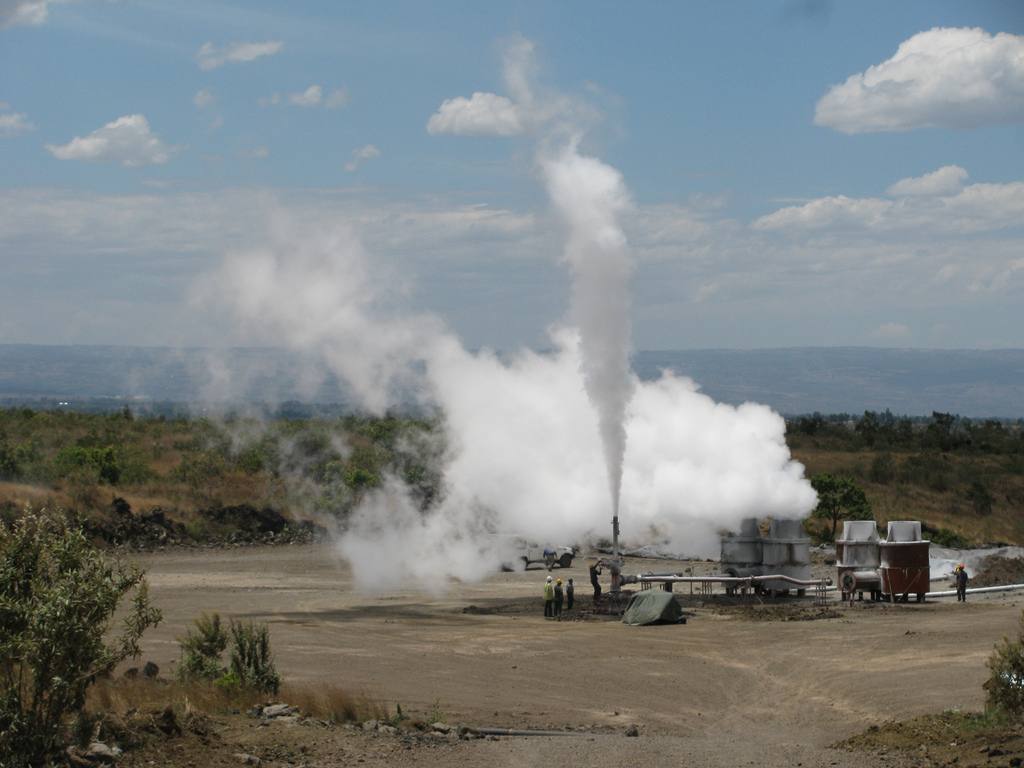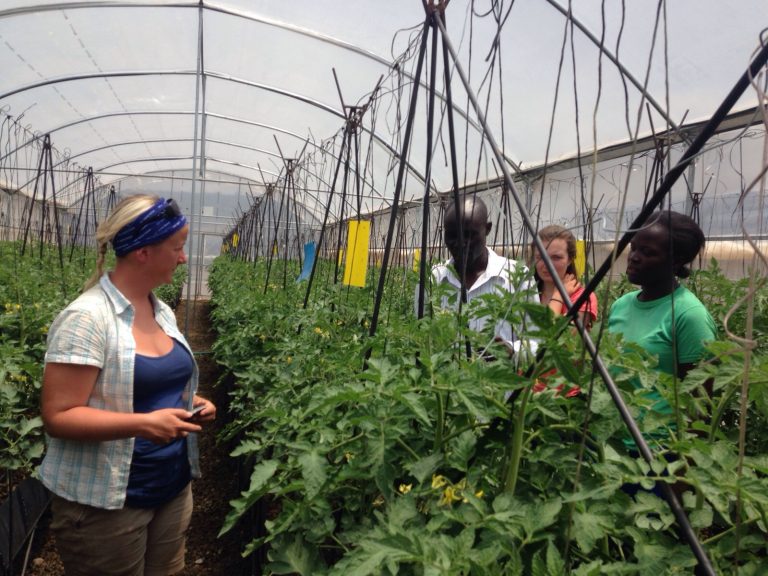
GDC has made significant progress in building this industrial hub with the signing of a steam offtake agreement with Karsan Ramji and Sons, the manufacturer of Ndovu Cement, just before the end of 2023. Under the agreement, GDC will supply steam to the cement manufacturer who will then produce power using a 4-MW wellhead generation unit to power the cement factory. The heat will also be used for a drying unit.
In mid-2023, GDC published a Request for Proposals for the “Establishment of Geothermal Direct-Use Powered Investments at the Menengai Geothermal Field, Kenya.” This builds on the pilot projects that GDC had been undertaking for geothermal direct use. The prototypes involved the use of geothermal steam for milk pasteurization, heating of greenhouses, aquaculture ponds, laundromats, and the drying of cereals.
According to Eng Martha Mburu, GDC’s manager for direct use, the company is currently in talks with several firms looking to set up their facilities in Menengai. A previous RFP issued back in 2019 attracted the interest of about 10 companies, but negotiations fell through during the COVID outbreak.
“The investors will implement the projects. They will lease the land and develop the industries and we will pipe the steam and geothermal water… our job will be to supply the energy and bill the energy at an agreed tariff,” said Mburu.
GDC had also previously announced plans of building a geothermal spa at the Menengai steam field similar to the one in Olkaria and modeled after the Blue Lagoon in Iceland.
According to Mburu, the steam field has wells that have pressures that are too low for power generation. To utilize these wells, GDC is looking into direct-use applications. “At the demonstration project, we have been able to show how beneficial geothermal heat can be for process heating and the huge cost savings that companies can make. Here, we get hot water at 130 °C, which would require a lot of fossil fuel to heat under normal circumstances.”
Promising results from pilot projects
During the Kenya Geothermal Congress in 2022, then-Managing Director Jared Otheino described how GDC had been piloting five prototypes for the use of geothermal steam for milk pasteurization, heating of greenhouses, aquaculture ponds, laundromats, and the drying of cereals. According to Othieno, the goal of these pilot tests is to help in the commercialization of geothermal energy for direct use.
GDC has since provided updates on the project, stating that the use of geothermal energy had results in energy and cost savings across the different projects. For example, tilapia fish cultivated in the heated aqua pond matured in six months compared to the nine months needed in unheated ponds. Costs of grain drying had also been reduced by up to 60% in the grain drying facility.

Geothermal direct use at greenhouse at Menengai, Kenya (source: Helen Robinson)
In addition to fish ponds and a grain drier, the demonstration center also has a milk processor and greenhouses where vegetables had been successfully grown. With such diverse applications, geothermal energy is harnessed optimally using cascade heat optimization. “These applications require different temperatures – we cannot put water at 80 degrees in a fish pond, it will cook the fish. We cascade the water, starting with applications that require a high amount of heat first and ensure that the energy is spent efficiently,” explained Mburu.
Hot fresh water is circulated throughout the demonstration centre. Heat is harnessed from the geothermal water using a heat exchanger. The geothermal brine is then stored in an evaporation lagoon that has been lined to prevent seepage into the ground. The mineral-rich brine can be beneficial for the skin, and may be used for a spa.
“We are taking a departure from conventional power generation into an exciting and promising realm of captive power and thermal heat. And this is critical. It means, we are, in essence, expanding the geothermal pie and making it accessible and profitable,” said GDC Chief Executive Paul Ngugi.